Weizhao Li
Kim
Learning Large-scale Network Embedding from Representative Subgraph
Dec 02, 2021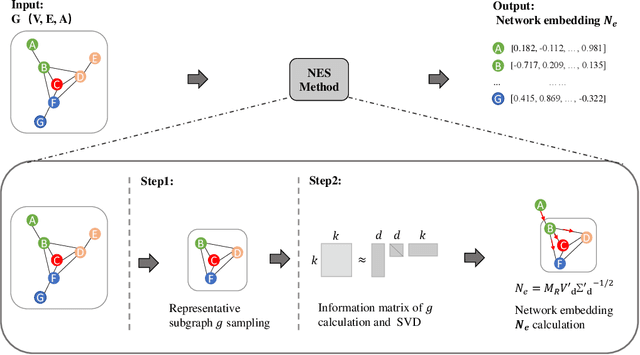
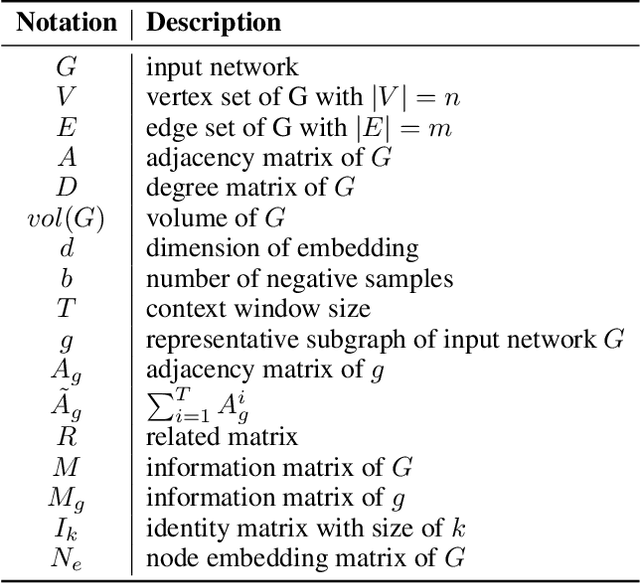
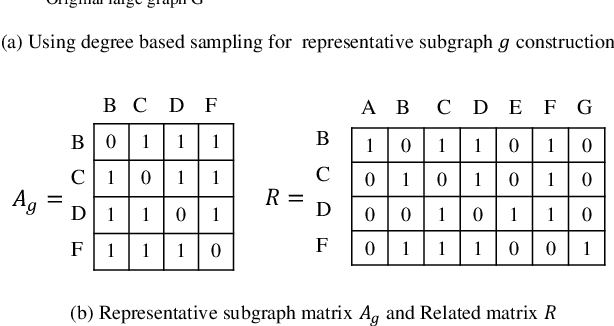

Abstract:We study the problem of large-scale network embedding, which aims to learn low-dimensional latent representations for network mining applications. Recent research in the field of network embedding has led to significant progress such as DeepWalk, LINE, NetMF, NetSMF. However, the huge size of many real-world networks makes it computationally expensive to learn network embedding from the entire network. In this work, we present a novel network embedding method called "NES", which learns network embedding from a small representative subgraph. NES leverages theories from graph sampling to efficiently construct representative subgraph with smaller size which can be used to make inferences about the full network, enabling significantly improved efficiency in embedding learning. Then, NES computes the network embedding from this representative subgraph, efficiently. Compared with well-known methods, extensive experiments on networks of various scales and types demonstrate that NES achieves comparable performance and significant efficiency superiority.
Fast Extraction of Word Embedding from Q-contexts
Sep 15, 2021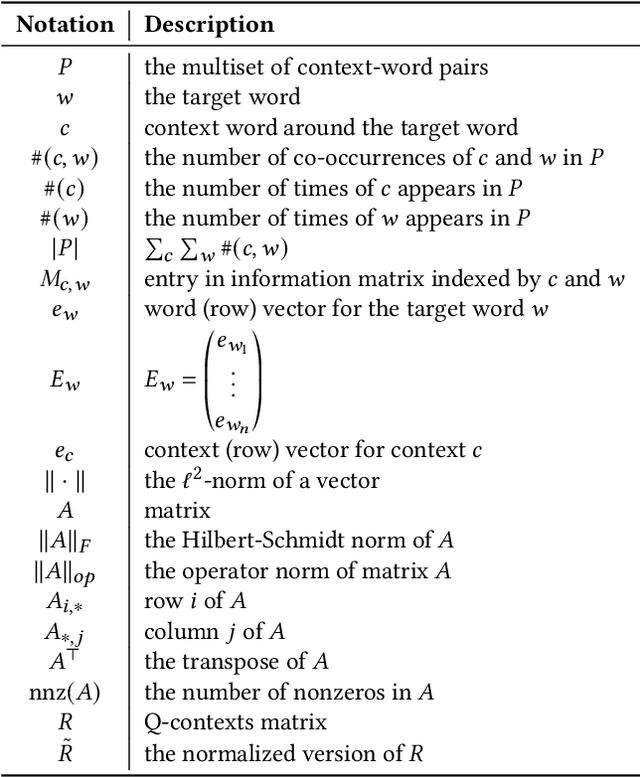
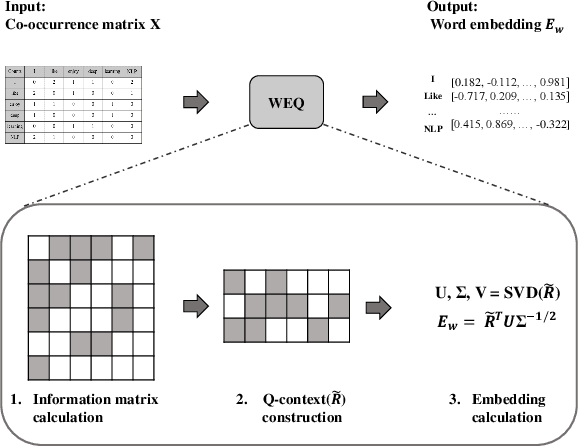


Abstract:The notion of word embedding plays a fundamental role in natural language processing (NLP). However, pre-training word embedding for very large-scale vocabulary is computationally challenging for most existing methods. In this work, we show that with merely a small fraction of contexts (Q-contexts)which are typical in the whole corpus (and their mutual information with words), one can construct high-quality word embedding with negligible errors. Mutual information between contexts and words can be encoded canonically as a sampling state, thus, Q-contexts can be fast constructed. Furthermore, we present an efficient and effective WEQ method, which is capable of extracting word embedding directly from these typical contexts. In practical scenarios, our algorithm runs 11$\sim$13 times faster than well-established methods. By comparing with well-known methods such as matrix factorization, word2vec, GloVeand fasttext, we demonstrate that our method achieves comparable performance on a variety of downstream NLP tasks, and in the meanwhile maintains run-time and resource advantages over all these baselines.
 Add to Chrome
Add to Chrome Add to Firefox
Add to Firefox Add to Edge
Add to Edge